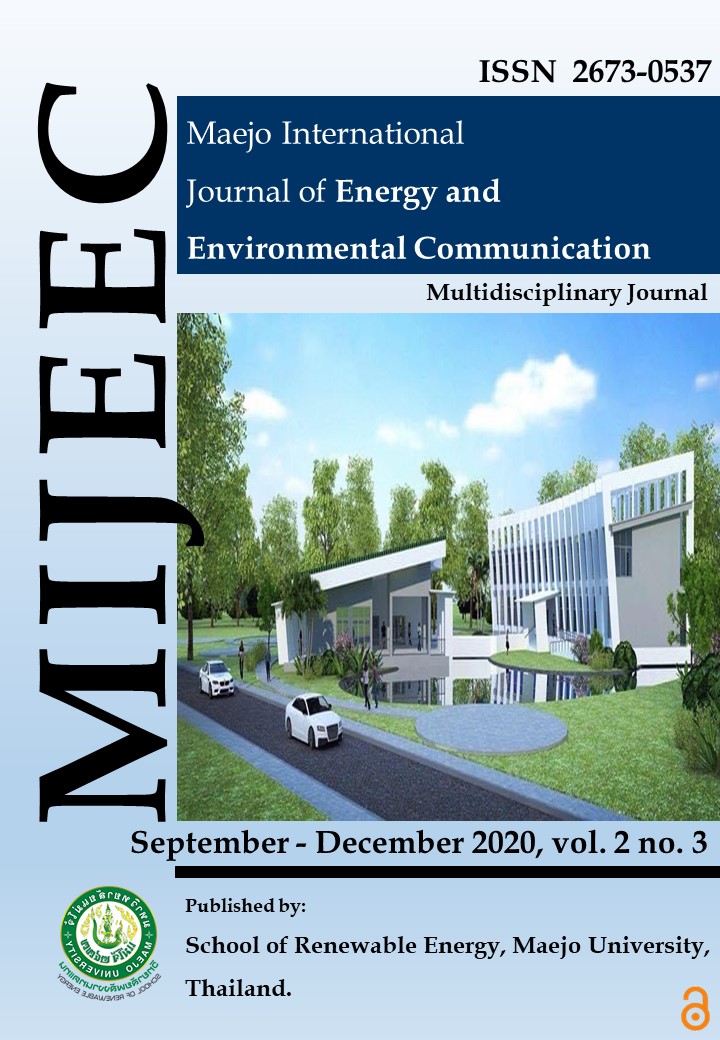Exploration of fatty acid methyl esters (FAME) in cyanobacteria for a wide range of algae-based biofuels
Main Article Content
Abstract
Due to high demand in the industry field, fuel supply has been reduced due to overconsumption. Algae served as the most promising biofuels; Cyanobacteria is preferred as a material for producing biodiesel based on the comparative advantage. Cyanobacteria can produce high lipids profiles that can be used to produce biofuel or biodiesel. The present investigation aimed to identify the application of Cyanobacteria that have proposed lipid standards for the algae biofuel industry. Three main objectives are involved in these experiments: to isolate and identify different strains of Cyanobacteria, convert the lipid from microalgae into biodiesel through transesterification, and estimate the proposed lipid standard of Cyanobacteria for the algae biofuel industry. The microalgae involve isolated using a plankton net. The water sample is brought into the lab for the identification of Cyanobacteria. After the Cyanobacteria are identified, the Cyanobacteria undergo mass cultivation to ensure the biomass is enough for lipid screening. After lipid content is identified, the lipid in the Cyanobacteria is extracted and further transesterification process. The GC analysis showed the variation of fatty acid in this cyanobacterium, a saturated, monounsaturated, and polyunsaturated fatty acid. The study also revealed that hexadecanoic acid, pentadecanoic acid and pentadecanoic acid was found in Oscillatoria sp. Lipid screening can determine the quantity of lipid present in the Cyanobacteria to estimate the lipid content for biofuel production.
Article Details
Copyright © 2019 MIJEEC - Maejo International Journal of Energy and Environmental Communication, All rights reserved. This is an open-access article distributed under the terms of the Creative Commons Attribution-NonCommercial- Attribution 4.0 International (CC BY 4.0) License






